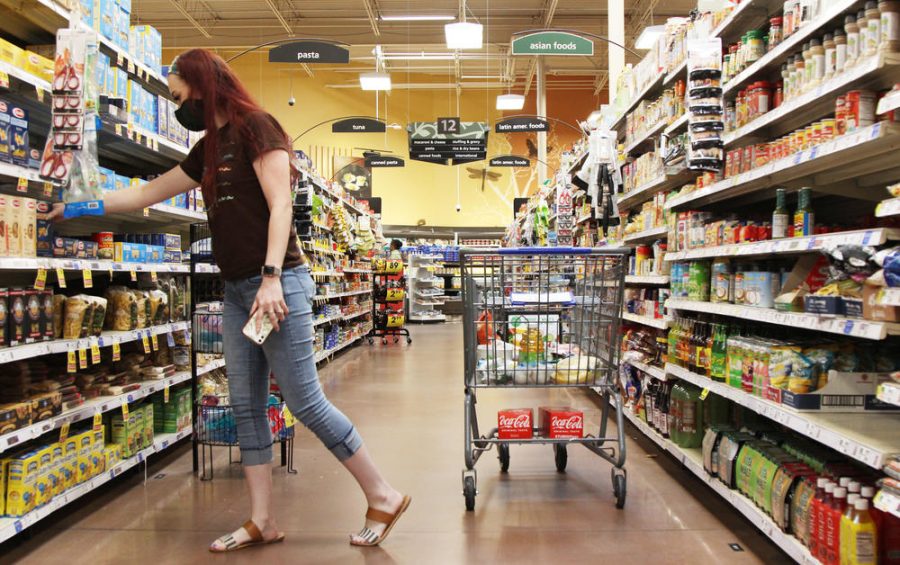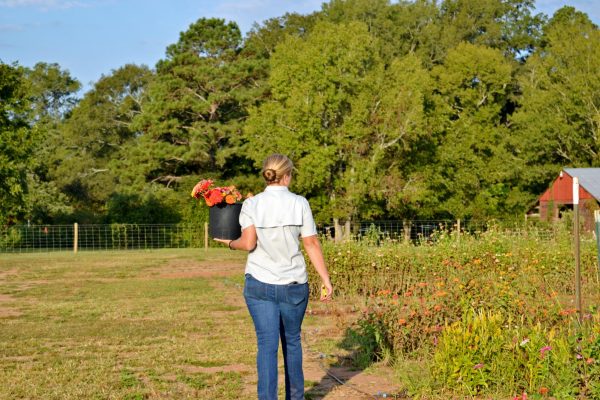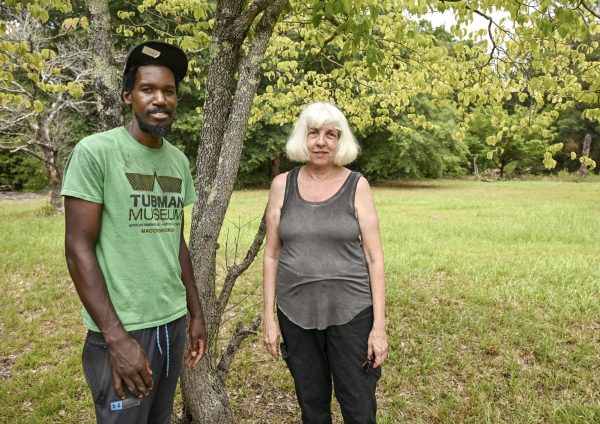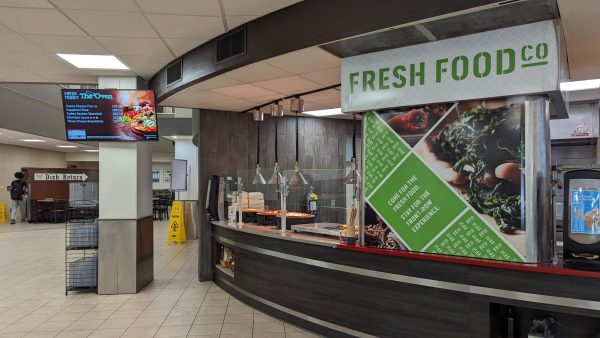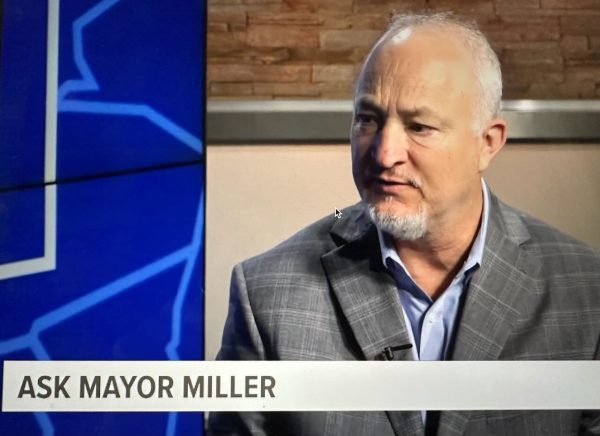Georgia is the last state to take the hassle out of food benefits for millions of women and children
Julia Adele Callahan reaches for a box of pasta at a grocery store in Macon, Georgia, on August 15, 2022. Callahan and her two kids get WIC benefits every month that help pay for essential foods, like baby formula, whole grains, dairy and protein.
Think back to the last time you used a paper check at the grocery store. Now imagine using five, maybe ten checks every time you shop for food.
That’s how WIC, the federally funded nutrition program which helps feed millions of low-income women and children every month, has always worked.
In 49 states, that’s changed. Georgia is the last state to get on board.
Julia Adele Callahan, Bibb county resident and mother of two, gets to the grocery store early.
“Because if I come towards the evening, there’s usually not any in stock,” Callahan says.
We’re in the juice aisle, and she’s looking at the apple juice.
“And if I come, like, later in the week towards Thursday or Friday, there’s usually not any,” Callahan says. “So the absolute latest that I usually come is on Wednesday.”
Callahan has to be picky because she’s on WIC, a federally funded supplemental nutrition program for pregnant and postpartum women and their kids, up to age 5. WIC only helps pay for certain grocery items and brands, which can often run out of stock in areas with lots of WIC participants.
Getting to the store early isn’t just about making sure the shelves are stocked with the food she can purchase with her benefits. Callahan also has to plan for the checkout line.
“So when I go up to the register, I take out what I have and I just start, like, frantically sorting because there’s nothing you can do until you, like, get up to the thing,” Callahan says.
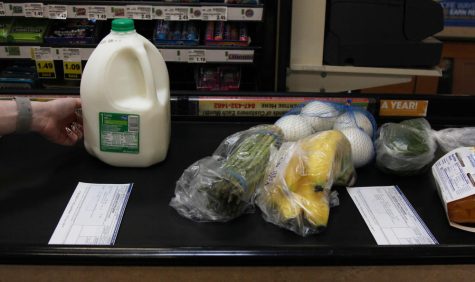
Every month, Callahan gets paper vouchers that can be redeemed at the store and a corresponding shopping list through WIC. She gets her benefits in three-month increments. The vouchers are slightly larger than a paper check.
Today’s trip to the grocery store will take five vouchers total. She puts each voucher on top of the food it pays for — one for produce, one for pasta, tortillas and peanut butter, one for beans, one for milk, one for eggs and cheese. There wasn’t any WIC-eligible baby formula at the store, but that would have taken another voucher, or two.
Callahan uses food stamps and cash to cover everything else.
Paper WIC vouchers have been around since the program started in the 1970s. In an effort to modernize and attract more people to WIC, the USDA mandated a switch to the “preferred method” of electronic benefit cards in 2016 and set a deadline. By 2020, states and territories that didn’t already have electronic benefits had to switch.
Where the switch has happened, there have been fewer hungry mothers and kids.
A 2021 nationwide study in the Journal of the American Medical Association saw WIC participation increase 8% over three years in places with electronic benefits.
So what took Georgia so long?
“What happened was we had a large enterprise-wide project across the department that incorporated the eWIC project,” said Sean Mack, WIC director for the state.
Mack said Georgia was supposed to roll out electronic WIC cards in 2020, as part of a statewide upgrade to the back end of the entire state Department of Public Health.
“So when the bids came in and everything for that first round, we looked at it and the department decided we need to split this up,” Mack said.
That larger project got too complicated, so eWIC was broken out on its own
“Once we got over that hump and just unbundled everything, we really were ready to rock and roll,” said LaToya Osmani, director of the Health Promotion Division for the Coastal Public Health District.
Also, due to the COVID-19 pandemic, the USDA gave rollout extensions to Georgia and a handful of other states and territories.
Participants in Savannah and surrounding counties were the first in Georgia to get their debit cards this summer as part of a phased roll of the eWIC program. That area, part of the Coastal Public Health District, was chosen for its “broad swath of participants, clinics, settings and vendors,” Mack said.
Fatina Frayall lives in Chatham County and got her eWIC card in July.
“It’s like using a regular debit card,” Frayall said. “I just put the items on the converter belt, it just rolls up and you know, I just punch in that PIN number and then it’s good to go.”
“It’s actually easier,” Frayall said. “I don’t have to say anything now.”
With her card, Frayall can already skip the voucher hassle Julia Adele Callahan is dealing with in Macon. With the eWIC card, participants can also check their benefits balance online and manage benefits for the whole family on just one card.
And at the checkout line, WIC participants won’t have to complete different transactions for each item. Benefits will be automatically applied similar to how EBT cards issued for food stamps work.
Every county in Georgia will have an active eWIC program by the end of October. And by the end of the year, all of the nearly 200,000 people who rely on WIC to feed their families in Georgia will have a debit card with their electronic benefits.
“It’s going to relieve the time crunch that a lot of families feel as far as grocery shopping,” Callahan says. “It’s going to make it more accessible to people who are overcoming barriers to go grocery shopping.”
Callahan will get her card in November.



